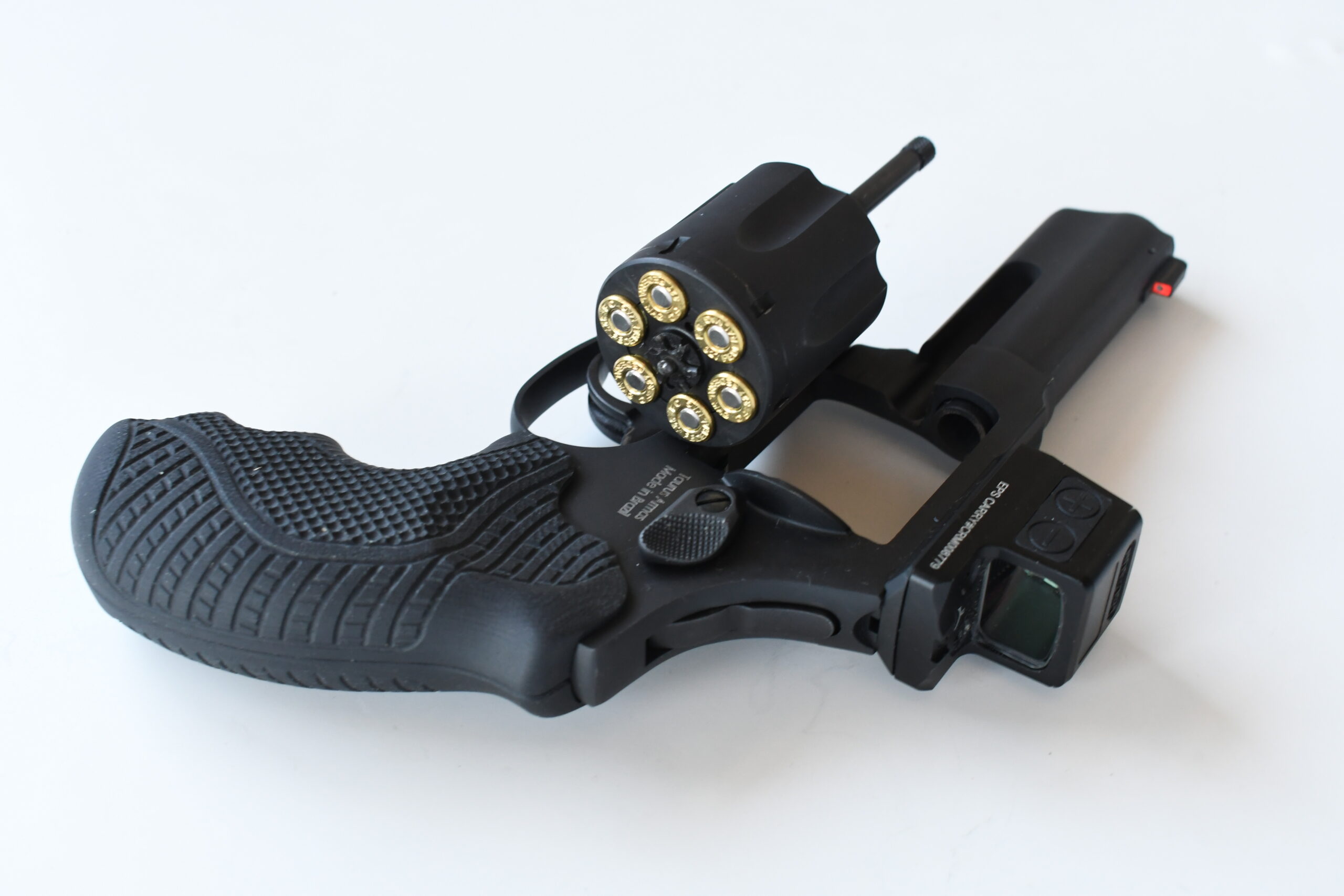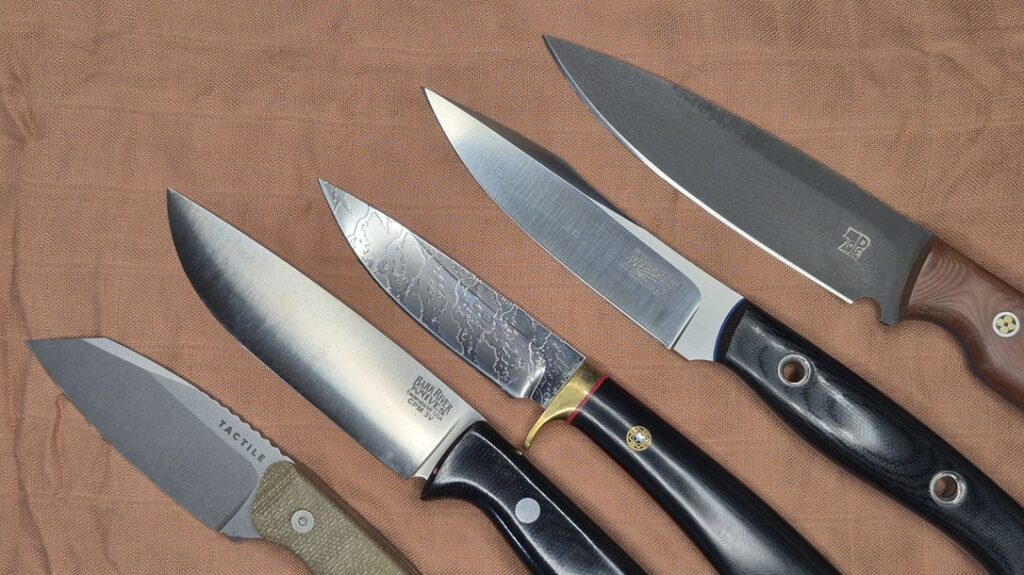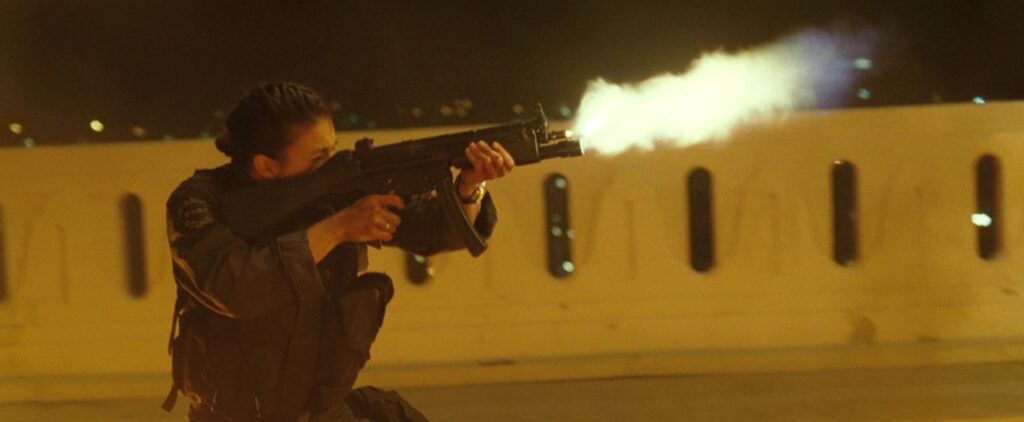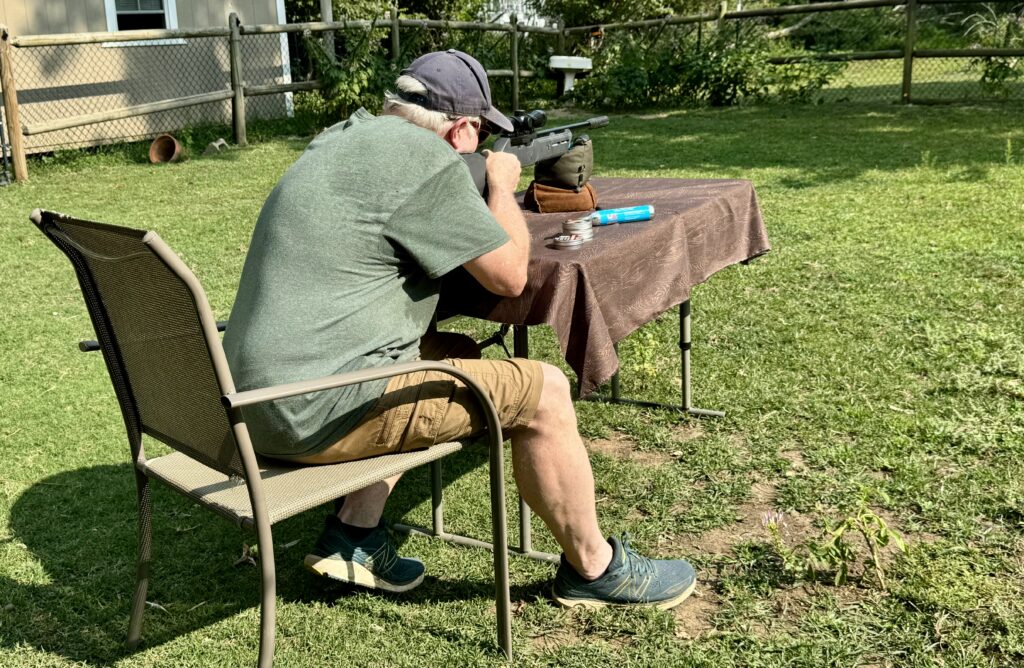Elevation Factor
With the understanding that revolver sights and barrels are already situated fairly high on the frame, the other issue to keep in mind when employing a red-dot sight on a revolver is to be cognizant of the total possible elevation adjustment on a given micro-red dot sight. Otherwise, it would be impossible to get the sight’s point of aim to agree with the revolver’s point of impact.
One of the criticisms I’ve heard about the original .38 Special Taurus 856 Defender is that it can be tricky to get a good zero with a dot. Sometimes, some sights even run out of adjustment. This wouldn’t be an issue if the dot itself was able to sit lower in relation to the bore.
Advertisement — Continue Reading Below
Again, it’s physically impossible on a revolver. These red dots must sit on higher planes but still be able to account for the difference in height. In the case of the .38 Special Defender TORO, I’m sure the slower muzzle velocities of .38-caliber bullets aren’t much help either.
It’s not just with these compact-frame Taurus revolvers, either. One of my Smith & Wesson 686 revolvers wears a dot, and it taught me to keep an eye on the elevation adjustment just the same.
Zeroing the 327 Defender TORO
When I was zeroing the EPS Carry on the 327 Defender TORO, I almost ran out of elevation adjustment. I settled on a 10-yard zero using the 85-grain American Eagle JSP cartridge with a few clicks to spare. In this case, it hasn’t been much of an issue, even with the other five types of ammo, including the two slower High Desert Cartridge .32 H&R Magnum loads.
Advertisement — Continue Reading Below
I was surprised by the minimal delta between the faster and slower cartridges when I shot my groups. The elevation in points of impact was fairly even regardless of muzzle velocities. Ultimately, adjusting the 327 Defender TORO for this 10-yard zero still provided me good coverage at 15 yards and all the way to 25 yards. And it didn’t cause any issues when specifically paired with the Holosun EPS Carry. I can’t comment on other makes and models of micro-reflex sights.
Other Remarks About The 327 Defender TORO
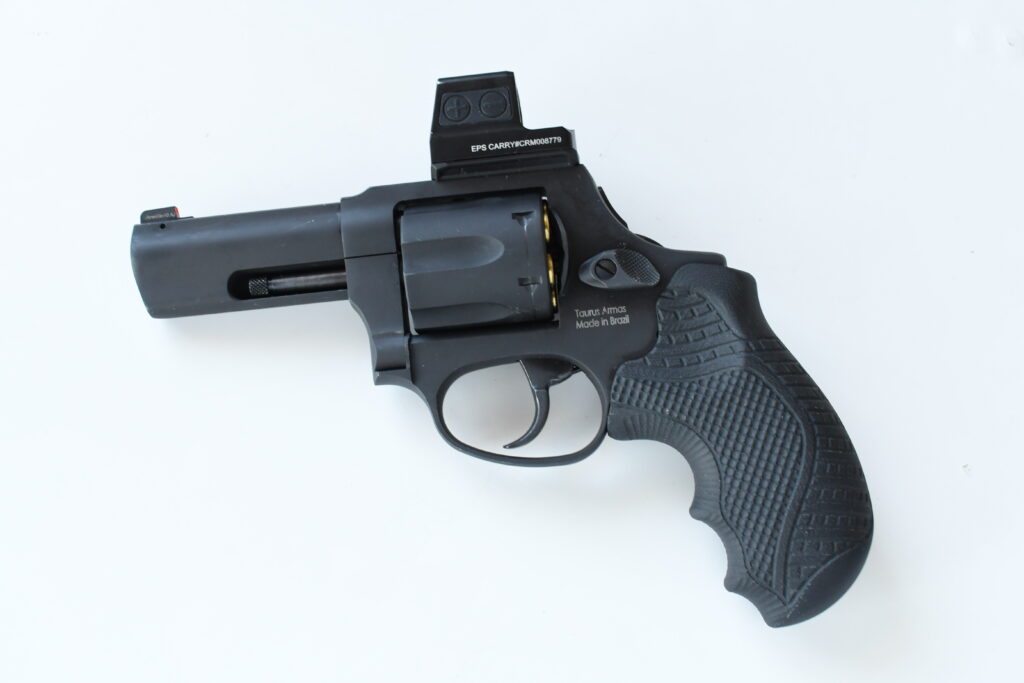
In Part 2 of this review, I keep calling the .327 Fed Mag a “spicy” cartridge. It has a very loud blast that can be distracting or inflict a flinch on shooters. On the firing line, I found it equivalent to shooting full-house .357 Magnum loads out of a similar three-inch gun—the Rossi RP-63 in this case.
Advertisement — Continue Reading Below
Certainly, the felt recoil is almost non-existent, but the .327 Fed Mag blast can be detrimental to most shooters. It isn’t just from the loud report but also because virtually all the .327 Fed Mag loads I fired had a tendency to “spit” gas back on my hands and face. To be clear, no lead particles were shaved off the forcing cone.
I think it’s just a matter of shooting full-house magnum rounds (nominal diameter notwithstanding) through a compact revolver with a three-inch barrel. If one isn’t used to it, the spitting gas can also incur a flinch and detract from the shooting experience.
I didn’t have any actual reliability issues. However, towards the start of this review, the yoke screw was working itself loose, which led to intermittent ignition issues with a specific charge hole. Once I remembered to check the yoke screw and re-tighten it, all issues went away.
Advertisement — Continue Reading Below
Finally, like every other Taurus wheelgun I’ve bought or reviewed, the 327 Defender TORO began to smooth out with actual live-fire use.
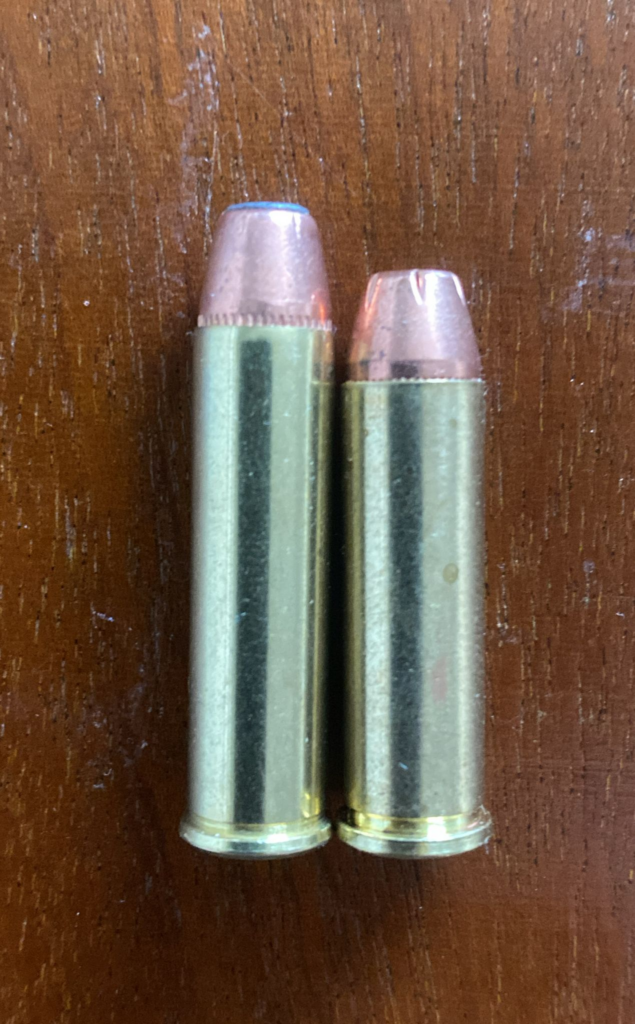
.327 Fed Mag Vs. .32 H&R Mag
The upside about all the .327 Fed Mag rounds I included in the review is that they were capable of great performance and accuracy, especially out of a three-inch barrel.
Advertisement — Continue Reading Below
I’ve already covered the downside, which includes a loud report that’s indistinguishable from a .357 Magnum blast, along with the spicy spittle and gas to the face and hands. In comparison, shooting both of the High Desert Cartridge .32 H&R Magnum loads was a very smooth and pleasant experience. These rounds’ reports were milder, and there was no angry flinch-prone propellant.
Felt recoil was non-existent, and the little that was left was counteracted by the 327 Defender TORO’s 23-ounce weight.
I think anyone who was serious about carrying this gun for personal protection would do well to not only master its draw and presentation but should consider shooting with .32 H&R Mag rounds. The end result is more in line with the ethos of the efficient .32-caliber defensive wheelgun.
Advertisement — Continue Reading Below
The Takeaway
Since the Taurus 327 Defender TORO revolver is the first .32-caliber revolver of any kind that I’ve fired, I can finally understand why the real revolver nerds go crazy over this smaller bore diameter. It represents a good balance between ballistic efficiency, terminal performance, and a smoother, more pleasant shooter experience compared to slower and “pushier” .38 Special or .357 Magnum options.
Depending on the make and model of the revolver, the smaller .32s may even have the space for an extra charge hole, as is the case for .32-caliber vs. .38-caliber Smith & Wesson J-frames, for example. I do suggest that serious defensive practitioners ought to focus on the .32 H&R Mag instead of the .327 Fed Mag.
However, the fact that the 327 Defender TORO can actually chamber a .327 Federal Magnum is fantastic and makes this an extremely versatile revolver regardless. Not only can one gun handle four different rounds, but it can do so safely in a smaller overall package.
Advertisement — Continue Reading Below
Taurus has been busy launching new products left and right in 2024—especially in terms of new revolvers. By now, you’ve also hopefully read my 5-part series on the Taurus 692 Executive Grade .357 Magnum revolver, a project I recently wrapped up. Like the Taurus 692 Executive Grade, the 327 Defender TORO deserves some recognition. If anything because the Brazilian gunmaking giant is daring to sell optics-ready carry revolvers in wayward bore diameters.
For more information, please visit TaurusUSA.com.
Taurus 327 Defender TORO: Part 1, Part 2 and Part 3.
Advertisement — Continue Reading Below
Special thanks to Big Tex Ordnance for loaning me the Holosun EPS Carry for this review!
